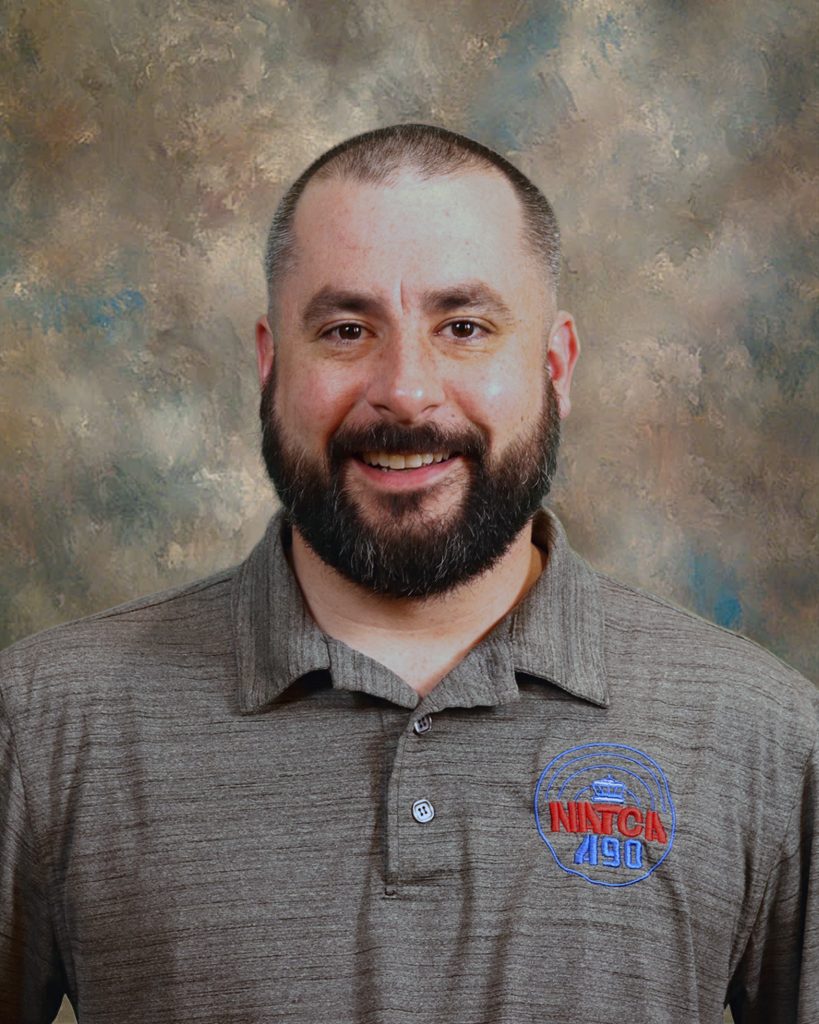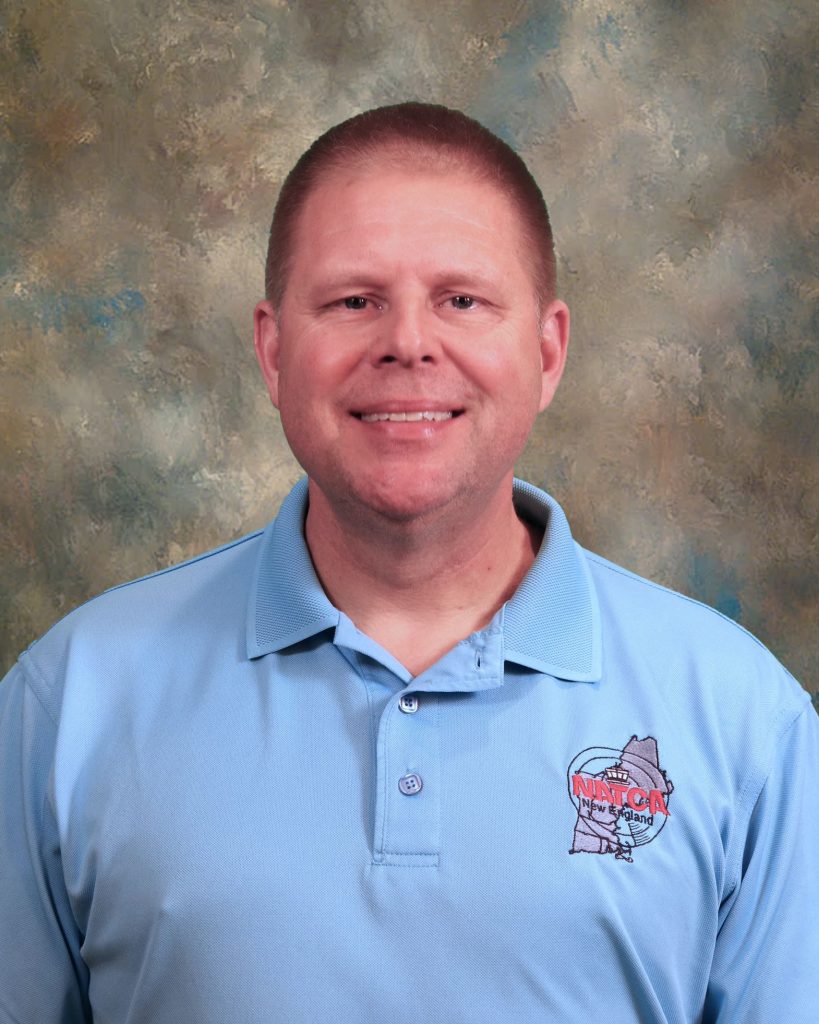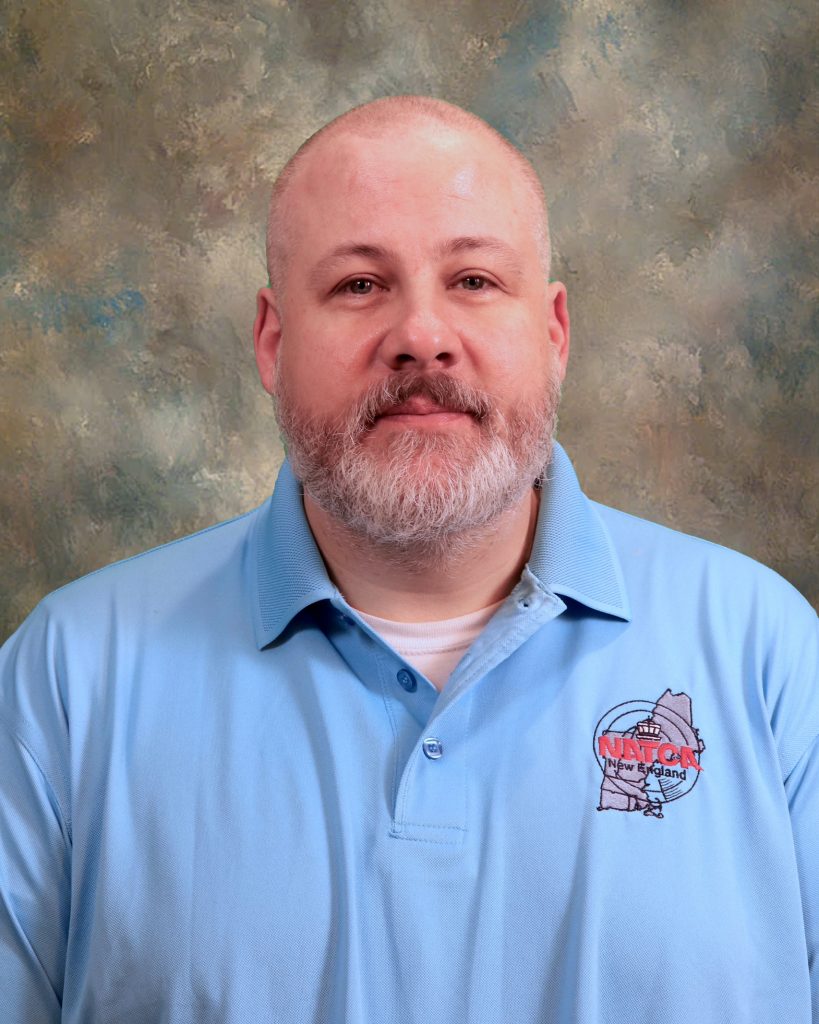
July 2022 New England Bi-Monthly Regional Update #2
From Bryan Krampovitis, NATCA New England ARVP

Summer is upon us and that means that FacReps are preparing to begin schedule negotiations for next year’s basic watch schedule. Two weeks ago, every facility had at least one person on their schedule team attend our annual schedule negotiations webinar. This webinar serves as a refresher for seasoned schedule negotiators, and a crash course for someone who may have just taken over as FacRep and has never been involved in the process before.
Recently I’ve had some conversations with newer members of our union that weren’t aware that we negotiated our basic watch schedules every year. This is partially to blame on COVID since schedules have been in flux for the past two years.
To start the schedule negotiation process, the FacRep and ATM, or their designees, meet to have a collaborative discussion about their intent for the upcoming year’s schedule. This meeting’s purpose is to give both sides an idea of what will be proposed by each party and to lay all their interests and concerns on the table. During this meeting, they also discuss the expected number of employees that will bid a schedule line and the expected workload and coverage requirements for the upcoming year. While uncommon, this discussion might make up the majority of a facility’s schedule discussions. In an ideal world, this meeting concludes and a few days or a week later the FacRep walks into the ATM’s office, hands him a union schedule proposal that meets all the interests of both sides, they sign it, and schedule bidding begins. But what happens when one side’s interests are not met?
When one side is not in full agreement on a schedule proposal they will begin a discussion and figure out what exactly they disagree with. Often this will happen while simultaneously agreeing to other parts of the proposal, we call this TAU’ing individual sections, which stands for “tentatively agreed upon”. Once a section of an agreement is marked “TAU” there shouldn’t be more discussion on that item unless a substantial change is made to another section that affects the TAU’ed section. This allows the parties to focus in on their disagreement, without going backward in the process. This also helps the process in the unlikely event their negotiations stop and they find themselves at impasse.
Most of the time these disagreements involve either a shift guideline or the balance of assigned employees on any given set of regular days off. Some other common topics of disagreement are alternative work schedules (4 ten-hour shifts per week), timelines for seasonal schedules that change to support different traffic levels throughout the year, and the number of assignable shifts along with their start and end times. Most of these disagreements can be worked out with each side discussing their interests and addressing each other’s concerns.
When the FacRep and ATM cannot work out their disagreements FacReps will elevate their issues to the ARVP and discuss each side’s position. Often times they come up with some ideas that should mitigate everyone’s issues. At that time the FacRep will often head back to the ATM and make some counter proposals that address their concerns. If the ATM was honest and the FacRep’s proposals address their concerns, they sign the new agreement and move on. If the ATM claims his concerns are still not met it is often elevated to the District General Manager and the ARVP to work out.
It is rare that this happens, and unfavorable because getting to an agreement together is best for maintaining the relationship between the FacRep and ATM. Often times the TAU’ed items are left alone, the items causing disagreement are worked out and agreed to because the personal emotions are removed from the process at the elevated level, and an agreement is signed.
As stated above, it is in the best interest that the FacRep and ATM reach their agreement together, without outside influence. Sometimes that can take time, multiple meetings, multiple proposals from each side, and a lot of hard work. Your FacRep may share some details of how the talks are going, but they may also have to hold back details to maintain a good faith relationship with their counterpart. The goal is to get each building a schedule that keeps the building running safely while allowing the most ideal work-life balance possible. No doubt getting through this yearly process is one of the hardest responsibilities of a FacRep. I look forward to supporting your FacReps along the way to help each building achieve good results this year.
Collaboration
From Curt Fischer, Collaboration Facilitator, Eastern Service Area North, A90

Every month, your Collaboration Facilitators spend a week at a different facility listening to employees about their experiences and perception of collaboration. The report we produce provides the ATM and FacRep with an understanding of how they are being heard and helps uncover any blind spots that may exist. This week we had the opportunity to work on-site at the Command Center and listen to the workforce. The Command Center interacts with controllers from across the NAS as well as multiple stakeholders. What I heard from some people here ties in with a New England member suggestion received from the link placed in last month’s update. A member expressed concern that they were repeatedly telling us to do something, but NATCA was not doing what was asked. “Why aren’t you listening to me?”
The feeling of not being heard can be a frustrating one, especially if the receiving party is refusing to listen. Not listening however is different than listening, hearing, and understanding your interests but deciding differently. This is often the case when multiple conflicting interests are evaluated. Over the next few months, we will be continuing to listen to the New England membership thru in-person facility visits and this feedback form. Please feel free to reach out!
Professional Standards
From Steve Schefcik, NATCA New England Professional Standards Rep, PWM

Training and getting PS committee members into buildings continues to be a priority around the country with training classes continuing once a month. This past month the class was held in Louisville, KY with our own Dana Guidish from ZBW. She is now New England’s newest PS committee member, so welcome aboard Dana!
There is no class being held this month due to summer traffic, and high amounts of leave for the summer season. In lieu of a training class, the national team is holding four web meeting opportunities, and inviting all PS committee members to join. It’s been a few years since the meetings have been open to all members. This allows all committee members the opportunity to ask questions or bring up issues they may have. It also allows the national team to have discussions, and reinforce the most integral parts of the program to all PS committee members.
Although it doesn’t seem to be much of an issue in our region, there has been a rise in mask cases nationwide as of late. Keep in mind that the March 2022 Mask MOU is still in effect, and the guidelines within the MOU are what are used to determine the mask requirements at your facility. For more information, you can always check the NATCA website, or ask your FacRep for any questions pertaining to your local mask requirements.
As always don’t hesitate to reach out to your local PS committee person or myself at [email protected] with any questions you may have.
Hope everyone is having a safe and healthy summer!!!
Training Information
From Lisa Fulford, NATCA New England Training Rep, A90

Congratulations to our newest CPCs and to the trainees who have recently certified on a position in their facility! Overall, the New England Region has been training as much as possible and meeting the NTI requirements most weeks. Thank you to our OJTIs and trainees for your dedication and hard work.
Training Enterprise Application & Management (TEAM) is a cloud-based software program that will replace the need to document and retain Air Traffic training on or in paper forms, folders, and binders. TEAM will replace the functionality of legacy systems including, but not limited to, Safety Suite, TRAX, NTD, the training functionality of CEDAR, and other locally developed training tracking systems currently in use.
TEAM National Training sessions will consist of up to three separate instructor-led classes. Each training session is designed for a specific TEAM user level. TEAM National Cadre will deliver virtual training to the facility TEAM Cadre. Facility TEAM Cadre will then deliver the instructor-led training to the rest of the facility.
Each facility will select individuals to be Facility TEAM Cadre. At a minimum, each facility shall select one Union and one member of management as a Facility Cadre team.
Based on the number of operational BUEs, local facilities are allotted the following number of participants to receive TEAM Facility Cadre training:
- Up to 50– two individuals
- 51-100 – four individuals
- 101+ – eight individuals
*Training must be delivered collaboratively by one NATCA and one management CADRE.*
Facilities will have 45 days to provide TEAM Implementation training to facility TEAM users. The 45-day completion period begins when a facility has at least one Cadre team (one Union member and one member of management) trained by the national TEAM Cadre.
The implementation date for TEAM training has not yet been announced. If you are interested in becoming a TEAM cadre for your facility let your FacRep know ASAP.
If you have questions, concerns, or comments email us at: [email protected]
FacRep Corner
From Benji Coburn, BGR Facility Representative

Greetings from beautiful Bangor, Maine! Below are a few benefits that NATCA has fought to provide its members. With skyrocketing inflation and the price of everything increasing, these items could alleviate some of that strain:
- For all you veterans out there, you can use your GI bill while in training! “There are three, separate VA-certified apprenticeship/on-the-job training programs at the FAA in which veterans can use their educational benefits. The Terminal Air Traffic Controller Apprenticeship Training Program has been approved by the VA to last between 4,160 and 5,378 hours of training (or about 33 months). The EnRoute Air Traffic Controller Apprenticeship Training Program allows for between 6,240 and 8,043 hours of training (or about 48 months). Finally, the Airway Transportation Systems Specialist On-the-Job Training Program is approved for 4,528 hours of training on the job (approximately 24 months). Contact the VA to protect your rights and access your entitlements”.
- Our CBA includes a child care subsidy: Article 116. “The agency shall provide a child care subsidy to eligible employees whose total family income does not exceed $72,983”. An MOU dated September 24, 2020, has changed the total family income limit to $100,000. With that limit increase, you may now be eligible to save between 30 and 70 percent of your child care costs.
- If you are about to go to RTF (or any other TDY) familiarize yourself with the FAATP. Make sure you file your voucher correctly. Did you know that NATCA BUEs shall receive a maximum allowable reimbursement of $50.00 every five days for laundry, cleaning, and pressing of clothes at a TDY location? (FAATP MOU October 2016). This is easily overlooked.
- Check out the benefits page on NATCA.org. There are discounts for cruises, Six Flags, Disney, and even Ford automobiles. In addition to the NATCA website, there are reputable sites you can find online that provide government employee discounts. Things like 30 percent discounts on Yeti coolers, Keen shoes, etc.
The above items are just a few ways NATCA has negotiated and fought to make life easier for us. If you want to return the favor and help NATCA and your community, please consider the following options:
- Donate to the PAC (or increase your donation). This money goes directly to building legislative relationships that will protect your retirement, quality of life, and ultimately, your livelihood.
- Donate to the NATCA Charitable Foundation (NCF). The NCF seeks out “areas of need that go unfunded or are missed through typical donor drives”. For more information about NCF, visit https://www.natca.org/community/foundation/.
- Donate blood. Article 29, section 2 of the CBA gives up to 4 hours of excused absence based on staffing and workload to donate blood. It’s free time for you, and you could save a life!
Upcoming Local Events

Mark your calendars; NATCA New England has numerous upcoming events! Keep an eye out for social media posts and fliers at your facility in the near future with more details.
September 5th – Milford, NH Labor Day Parade (many NEB members will be marching alongside us!) followed by lunch at the Milford VFW
September 6th – NCF Fundraiser at PWM airport followed by dinner and a Meet & Greet with your National Executive Board
September 28-29th – Safety Advocacy Training happening locally at the Double Tree Hotel in Manchester, NH
October 1st – NATCA New England Corn Hole Tournament at White Birch Brewery in Nashua, NH

